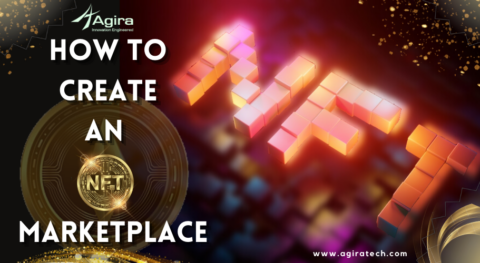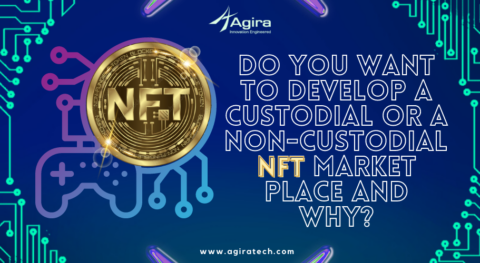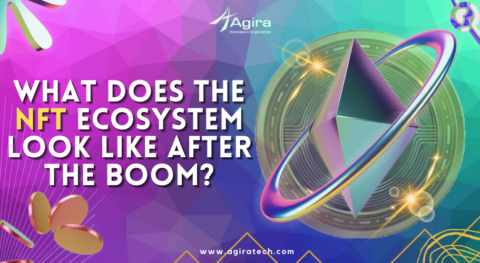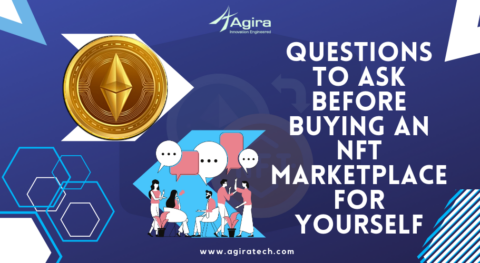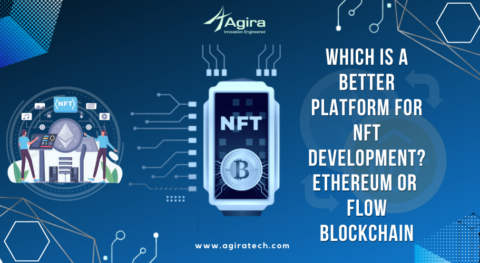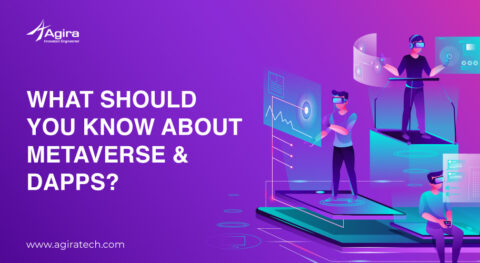Table of Contents
From being “A topic of discussion” to “Investment for entrepreneurs” Blockchain has gradually became the center of attraction all around the world. Over the 5 generations, Blockchain has reached it’s highness on the top where the other technologies are stumbling to adopt among the IT sector. However, we never know how far it can take us though. So, If you walk through to the history of Blockchain evolution then you will truly understand the significance of why we need to hold onto the Blockchain and how it’s changed our way of perceiving businesses. Besides, Have we all aware of the Generations of Blockchain? Or do we really clear about what are the features are accompanied by each generation of Blockchain? If “yes” then cool! But what if not? That’s why we are planning to discuss about the history of Blockchain generations evolution today!

First Generation
The first blockchain generation was developed mainly for transferring money. Its functionality includes the transfer of money from one party to another party (Sender to Receiver), without any intermediary or third party such as bank, Forex, Paypal, etc. It involves the transfer of ownership and records the transaction. The type of money involved in this transactions is called cryptocurrency, and the first cryptocurrency was bitcoin. For a transaction to be done successfully, there should be confirmations. The details stored in a transaction are explained in short. They store only from address, to address, amount and timestamp of the bitcoin transactions. We can track coin movement from where you get and where you send, and one of the main features of this version is that it prevents money laundering.
Second Generation
The second generation of the blockchain was mainly focused on privacy and anonymity using secret view key. You can see the current transaction, but it is impossible to say from whom the transaction was sent as it requires the secret key. This is the second evolution, e.g. (bytecoin, monero). In monero, many black money holders invest their money, because in the transaction you can’t be able to see the who send how much money to whom, only the user can see with their secret view key
Third Generation
Third blockchain generation deals with security. All the data are encrypted, so you can’t be able to find from whose account the transaction is done, who has verified the transaction unless you have the key. You can see only your accounts details, e.g. (Zcash).
Zcash is also like monero, permissionless, but they unique in using zero-knowledge proofs algorithm, Zero-knowledge proofs allow fully encrypted transactions to be confirmed as valid.
Related: 6 Essential Q&A We Must Know About Blockchain
Fourth Generation
The next generation of the blockchain introduced data into it. Ethereum came with the new idea, and in this, we can run some programming inside it, which is called as a smart contract. These smart contracts trigger some functions using which several startups are coming up with ICOs. But this blockchain is public.
The development of ethereum has replaced servers and clouds. It has brought in “nodes” which was run by volunteers from across the globe. This leads to the formation of “World computer.” This development would replicate the same functionality to people around the world. It will enable the people to offer competitive services by leveraging the existing infrastructure.
Also Read: Entrepreneurs: Here Are The Potential Use Cases Of Blockchain Explained Just For You
Fifth Generation
The fifth generation saw the entry of giant companies into the blockchain space. IBM has designed the hyper ledger by forking ethereum, and Intel has come up with Sawtooth. In this, they also have side chain concept. This generation has developed private blockchain with main focus on the enterprises.
Let’s see one of the enterprise solution,
IBM started working with IOT device control using ethereum,
Read More: https://ibm.co/2BpTbE4
The greatest challenge, however, is not in simply building a decentralized IoT, but one that can scale universally while maintaining private, secure and trustless transactions. In other words, the IoT represents a case of billions of players, not all of which can be trusted – some even malicious – with a need for some form of validation and consensus. And for this, the
“blockchain” offers a very elegant solution.
The End!
Next generation is yet to arrive. Based on the evolution so far, From my perception i believe that the next generation will focus on saving data in blockchain as it remains a challenge for this technology to save the massive data in blockchain because of its immutable nature. To address this challenge, we are developing a concept that will capture data on the blockchain itself. Usually storing data on Blockchain would consume more time but with the mechanism we’re trying to achieve will hopefully help us to store the data in an hour.
Besides exploring, our pool of blockchain experts never refuse to share their knowledge with us. You could get more blogs about Blockchain and latest technologies in coming days. Get tuned with us. Also share us your valuable ideas & thoughts with us in the comment section.
[contact-form-7 404 "Not Found"]
For more info reach us at info@agiratech.com





